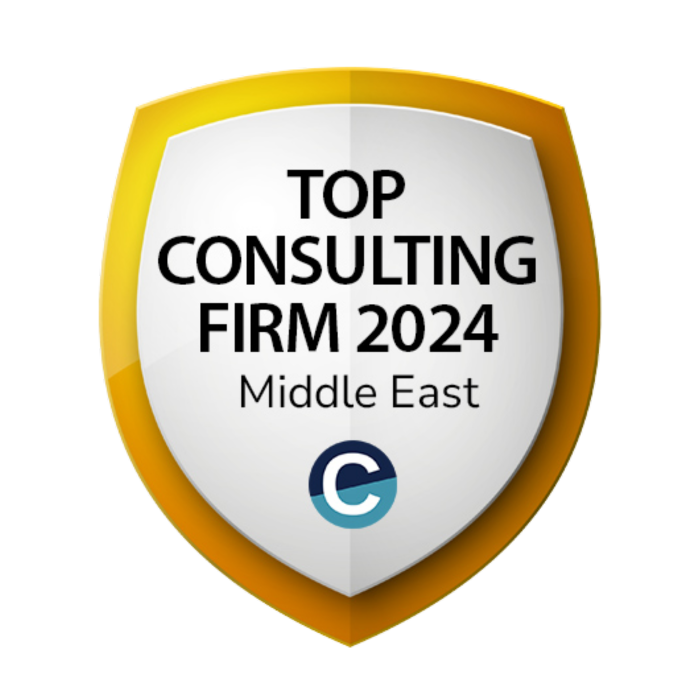Introduction: Navigating Saudi Arabia’s Dynamic Real Estate Landscape
Saudi Arabia’s real estate market presents both remarkable opportunities and complex challenges for investors. With Vision 2030 transforming the Kingdom’s economic landscape, understanding the key factors that make or break real estate investments in KSA has never been more crucial.
At Advisory-Corp, our team has guided numerous clients through successful property investments across the Kingdom, from feasibility studies for mixed-use developments to valuation of diverse property portfolios. Drawing from our extensive experience conducting market assessments and financial analyses for projects in Riyadh, Jeddah, and emerging regional centers, we’ve identified several critical success factors for real estate investments in Saudi Arabia.

The Current State of KSA’s Real Estate Market
The Saudi property market in 2025 shows notable contrasts between stability and dynamic change. Residential demand continues its steady growth, driven by the Kingdom’s young population and government initiatives to increase home ownership rates. Meanwhile, commercial real estate investment performance varies significantly by location and quality tier.
What truly distinguishes Saudi Arabia’s market is the scale of government-led development initiatives. Projects like NEOM, Qiddiya, and the Red Sea Project aren’t mere construction activities—they’re creating entirely new economic zones with distinct real estate ecosystems.
Regional hotspots showing promising investment potential include:
| City/Region | Growth Drivers | Property Types Showing Strongest ROI |
| Riyadh | Government relocations, financial sector growth | Premium office space, mid-market residential |
| Jeddah | Tourism expansion, Red Sea projects | Hospitality, waterfront residential |
| Eastern Province | Industrial growth, energy sector | Industrial warehousing, worker accommodation |
| Madinah | Religious tourism, infrastructure improvements | Hotel and serviced apartments, retail |
Location: Strategic Positioning in Saudi Arabia’s Evolving Urban Landscape
When evaluating locations for real estate investment in KSA, investors must look beyond traditional metrics. The Kingdom’s urban development patterns are being reshaped by massive government initiatives, creating new prime areas that might have been overlooked previously.
Properties within a 5-kilometer radius of major government projects have seen value increases of 15-25% in anticipation of future demand. This speculative growth presents both opportunities and risks—early investors can secure significant returns, but timing is critical.
Key considerations for location assessment include:
- Infrastructure timeline: Are supporting infrastructure projects funded and on schedule?
- Accessibility: How will residents or tenants typically commute to this location?
- Supporting amenities: Are essential services available or planned?
- Regulatory stability: Is the area subject to potential zoning changes?
Regulatory Factors: Navigating the Evolving Framework
The regulatory environment in Saudi Arabia has evolved significantly, creating both opportunities and potential pitfalls. Investors who stay ahead of regulatory developments gain advantages in identifying new opportunities and navigating approval processes efficiently.
The White Land Tax has reshaped investment dynamics in major Saudi cities by discouraging land hoarding and increasing development. Its impacts include increased supply of development land, downward pressure on land prices in certain areas, and acceleration of development timelines.
Legal considerations that significantly impact investment outcomes include:
- Title verification: Ensuring clean title through proper due diligence
- Contract structures: Using appropriate legal frameworks for joint ventures
- Inheritance planning: Addressing Shariah inheritance laws
- Dispute resolution mechanisms: Understanding available remedies
Financial Considerations: Beyond Initial Acquisition
Looking beyond the purchase price is essential for accurate return forecasting. Financing options have expanded significantly but vary by investor category, with loan-to-value ratios generally capped at 70% for Saudi nationals and lower for others.
Hidden costs that impact investment performance include:
- Municipality fees: Annual charges based on property value
- Service charges: Particularly significant in master-planned communities
- Maintenance reserves: Essential in Saudi Arabia’s challenging climate
- Broker fees: Typically 2.5% of transaction value
Tax implications have grown more complex with the introduction of Value Added Tax (VAT) at 15%, affecting commercial property transactions while residential properties remain largely exempt.
Market Timing: Strategic Entry and Exit Points
Timing can dramatically impact real estate investment outcomes in Saudi Arabia. The market cycles through distinct phases, but these often follow patterns different from those seen in more mature markets, being heavily influenced by government initiatives and regulatory changes.
The Saudi property market typically experiences four phases:
- Expansion: Increasing construction activity and rising prices
- Peak: Maximum prices and high transaction volumes
- Contraction: Declining transaction volumes and price stagnation
- Recovery: Increasing transaction volumes from a low base
Seasonal factors affect real estate activity with Q4 (Oct-Dec) typically being the most active period for transactions, while Q3 (Jul-Sep) is slowest due to summer heat and holidays.
Property Type Selection: Matching Assets to Objectives
Different property categories offer varying return profiles and expose investors to different regulatory frameworks and operational challenges.
Residential properties have historically offered the most stable returns (5-8% annual rental yields), with mid-market apartments demonstrating the strongest demand resilience. Commercial properties present a more complex picture, with Grade A office spaces maintaining high occupancy rates while Grade B and C offices experience more pronounced vacancy fluctuations.
Emerging property types with strong potential include:
- Logistics facilities: Driven by e-commerce growth
- Healthcare real estate: Supported by privatization initiatives
- Data centers: Emerging opportunity as digital transformation accelerates
- Student housing: Particularly near expanding universities
- Senior living: Early-stage but promising as demographics evolve
Development Quality and Property Management
Construction quality and ongoing property management significantly impact long-term investment success. Premium developments incorporating international building codes outperform budget-oriented projects adhering to minimum local requirements, especially given the Kingdom’s harsh climate.
The impact of building quality manifests through:
- Lower-quality buildings typically require 2-3 times higher annual maintenance
- Quality developments command 15-25% higher rents for comparable spaces
- The gap between high and low-quality construction widens substantially over time
Tech Integration: Creating Competitive Advantage
Properties incorporating smart technologies increasingly command premium valuations and attract quality tenants. Commercial tenants view tech integration as a business necessity, while residential buyers, particularly younger Saudis and expatriates, prioritize smart home capabilities.
Recent market analyses indicate:
- Commercial properties with smart building systems command rental premiums of 12-18%
- Residential properties with smart home features sell 15-20% faster
- Energy management systems typically deliver 20-30% reduced utility costs
Risk Mitigation Strategies
Effective risk management in Saudi real estate requires:
- Thorough due diligence: Verify title, permits, compliance, and conduct technical evaluations
- Diversification: Spread investments across geographic areas, sectors, and tenant types
- Exit strategy planning: Develop multiple scenarios before acquisition
- Working with local experts: Build relationships with experienced advisors
Future Outlook: Emerging Opportunities
Several key trends are reshaping investment opportunities:
- Demographic shifts: Young population driving sustained housing demand
- Lifestyle evolution: Growing acceptance of apartment living
- Tourism expansion: Creating new real estate categories
- Healthcare privatization: Opening opportunities for specialized facilities
- Logistics revolution: E-commerce driving demand for distribution infrastructure
Conclusion: Advisory-Corp’s Approach to Real Estate Investment Success
At Advisory-Corp, our extensive experience conducting feasibility studies, market research, and business valuations across the Kingdom positions us to guide investors through the complexities of Saudi Arabia’s real estate market. From our work with clients like SEDCO Capital, Jadwa Investment, and numerous private developers, we’ve developed specialized expertise in identifying the factors that truly drive investment success.
Our comprehensive approach incorporates market assessment, competitive analysis, financial modeling, and strategic planning to maximize returns while mitigating risks. Whether you’re considering residential development in Riyadh, retail projects in secondary cities, or specialized asset classes like healthcare or logistics, our team provides the insights needed to make informed investment decisions.
Understanding these key factors that make or break real estate investments in KSA enables investors to identify opportunities others miss and avoid the pitfalls that have derailed many investment efforts in the Kingdom’s evolving landscape.


